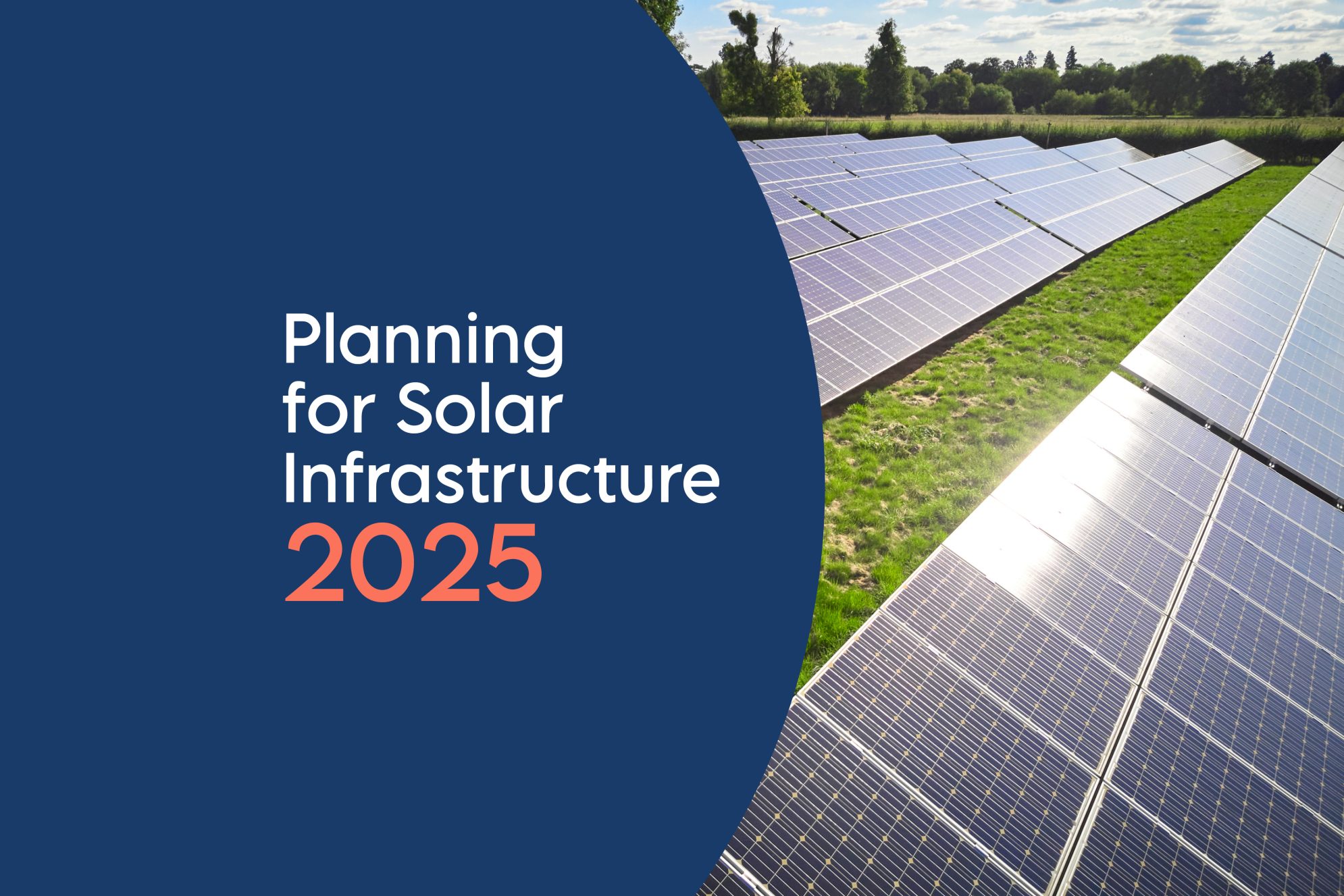
Key takeaways from Planning for Solar Infrastructure 2025
In January, leading solar developers, government officials and key stakeholders gathered in London for the Planning for Solar Infrastructure conference, hosted by Waterfront Conference Company.
With the Clean Power 2030 Action Plan and new planning thresholds announced in December, the event provided a crucial update on how these policies will accelerate solar energy development across the UK.
Tim Warham, senior policy advisor at the Department for Energy Security and Net Zero, outlined the pathway to achieving 45-47GW of solar generation capacity by 2030. Key measures include the introduction of the Planning and Infrastructure Bill in March and the publication of a Land Use Framework to identify optimal locations for new solar projects.
Attendees explored innovative solutions for overcoming the biggest challenges faced during development, from site selection to effectively navigating grid constraints to achieve earlier connection dates. For instance, developers can maximise existing land space through agrivoltaics or by leveraging port infrastructure to design floating solar schemes, such as the 33MW Barrow EnergyDock project being planned in Cumbria.
To manage grid capacity barriers, representatives from UK Power Networks DSO showcased their new Curtailment Insights App. This software enables applicants to make more informed decisions about their schemes by visualising transmission/distribution constraints as well as the queue of projects for their specific connection point.
The day also highlighted new approaches to conducting successful community engagement when planning solar infrastructure. Major developers, including EDF Renewables and SSE Renewables, shared practical insight on building trust with residents and demonstrating the local value of solar energy. Delivering community investment funds to support local initiatives and facilitating local ownerships of projects were identified as the most effective strategies.
To progress solar projects, it is vital to engage both communities and local authorities throughout the process. Tim Watkins, Head of Planning, and David Carford, Programme Manager at Cambridgeshire County Council, provided their unique perspective as a local authority with a number of projects in their area. They emphasised the importance of signing a planning performance agreement to establish a structure for meetings, identify key milestones that require local authorities’ input, and setting clear development timelines.
The event ended with the presentation of case studies demonstrating how to effectively co-locate solar infrastructure with energy storage system and deliver large-scale schemes. Enso Energy shared valuable lessons from the development of Larks Green, a 70MW Solar PV and 49.5MW battery storage project. RWE Renewables discussed how they secured public support and gained planning consent for their Heron Solar Farm in Nottingham in less than nine months.
Planning for Solar Infrastructure will return next year to help developers navigate all aspects of development, considering the implementation of recent policy changes, how to avoid delays and overcome planning barriers. Make sure you secure your place to gain the insights you need to progress your project.
You can find out more about the 2025 event here.
